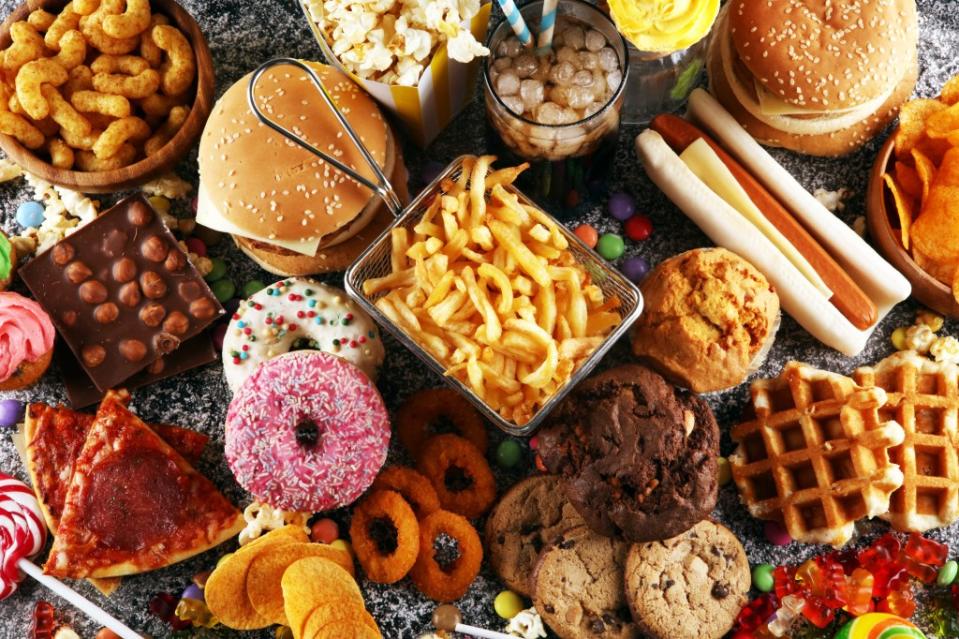Are you a binge eater? Break the cycle with this one simple practice and curb cravings for good

- Oops!Something went wrong.Please try again later.
Snack fever sets in — do you succumb, or shake it off?
For those who can’t seem to quit noshing on junk, experts say they have just the thing to break the cycle — a practice known as mindful eating.
Judson Brewer, a psychiatrist, neuroscientist and director of research and innovation at Brown University’s Mindfulness Center is a pro on the burgeoning subject — he shared his simple tricks to curb cravings.
If you’re struggling with control, Brewer said it’s possible to conquer habitual, or binge eating — instead learning to listen to your body’s cues.
Binge eating is the habit of devouring a large amount of food in a short amount of time when you feel you can’t control what or how much you are eating — it is the most common eating disorder in the United States, according to the U.S. Department of Health and Human Services.
And while it may not develop into an eating disorder for everyone, many people have episodes of binge eating or loss-of-control eating.

Brewer said that it’s not about having enough willpower to say no — but rather about getting in tune with your body and its needs.
“From a neuroscience standpoint, willpower is not even part of the equation when it comes to behavior change,” Brewer told the Washington Post.
“The knowing is not enough because that’s not where behavior change happens. The feeling is where behavior change happens and so we have to actually get reacquainted with — I would say, reconnected with — our bodies and then start listening to them.”

Mindfulness is a mental state reached by focusing on the present moment, while calmly acknowledging and accepting one’s feelings, thoughts, and bodily sensations — including food cravings.
“I would start with the why,” said Brewer.
“Why am I reaching for food? Am I actually hungry or is it something else? And if it’s not hungry, it’s indicating some type of a habit that we can then delve into,” he said.

And while the science behind the concept of mindful eating remains limited, Brewer claims to have seen the results within himself and his patients.
The expert called the practice a better approach than restrictive diets, saying it provides people with the tools they need to conquer cravings and end unhealthy habits.
To begin mindful eating Brewer, suggests these three simple steps:
Map out your eating patterns and habit loops
Change the “reward value” of eating behavior in our brains
Discover more rewarding behaviors that make the body feel content
“Brains are prediction machines,” he said.
Brewer explained that when we feel bad, the brain often reminds us that eating can feel good — even if only temporarily, which drives us to reach, say, for a pint of ice cream.
To stop this cycle, he recommends noting why you’re eating, how you feel after binge eating junk food and discovering healthier alternatives to comfort or reward yourself.
“It only takes 10 to 15 times of doing that for us to build up enough of a database to remember that for the next time,” Brewer claimed.
“After becoming disenchanted with a certain food or pattern of behavior, the brain is ready for a change.”

